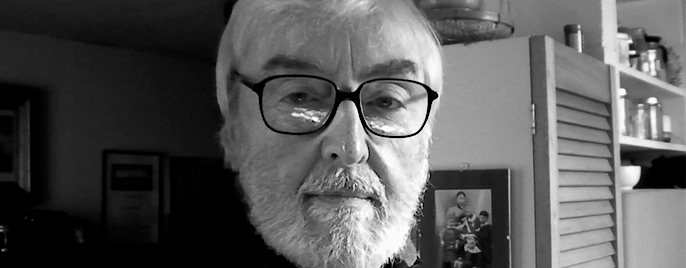One of my favourite film stories concerns a visiting Hollywood actress (renowned for cosmetic enhancement) while filming in Australia, retired to her caravan for the lunch break. When called later by the First AD to continue filming the same scene, she appeared in a totally different wardrobe. The AD suggested this lack of continuity was a problem only to be asked by the ‘star’, “Don’t you people know about editing?” Well we do.
My introduction to editing began when I learned to mix the chemicals in a film lab in Melbourne, which qualifies as ‘starting at the bottom’. From there, along with other jobs, I began to focus on editing once I realised that the cutting room was the heart of filmmaking, not the set or location. My first complete editing job was a short doco on Victoria’s Brown Coal, which the current PM views with disfavour. This led to working at Artransa Studios, French’s Forest; to Roger Mirams and The Terrible Ten, a children’s TV series (the very best ‘film school’ ever). When the industry revived in the 70’s I was fortunate enough to direct and edit my first feature, A City’s Child. Later, I edited Fred Schepisi’s first two films, The Devils Playground and Chant of Jimmie Blacksmith. They and The Odd Angry Shot, for Tom Jeffrey, are three favourites, but I also have a soft spot for the four low budget films I edited for Murray Fahey.
The editor I believe is the alter ego of the director, two sides of a coin, both working towards the same goal, which a wise director recognises and draws on that relationship. The rampant new technology is miraculous, but I hope it is used wisely by the editor, who must not forget that the story is paramount and not let digital demons dominate.
If I can offer any advice to assistant editors, it would be to the editor him/her self; involve your assistants as closely as you can and make them the other side of your coin. Receiving my ASE life award from the Guild was a thrill. The strength of the Guild lies in the fervour and passion of its members; and ‘passion’ is the raison d’etre.
- Brian Kavanagh ASE
